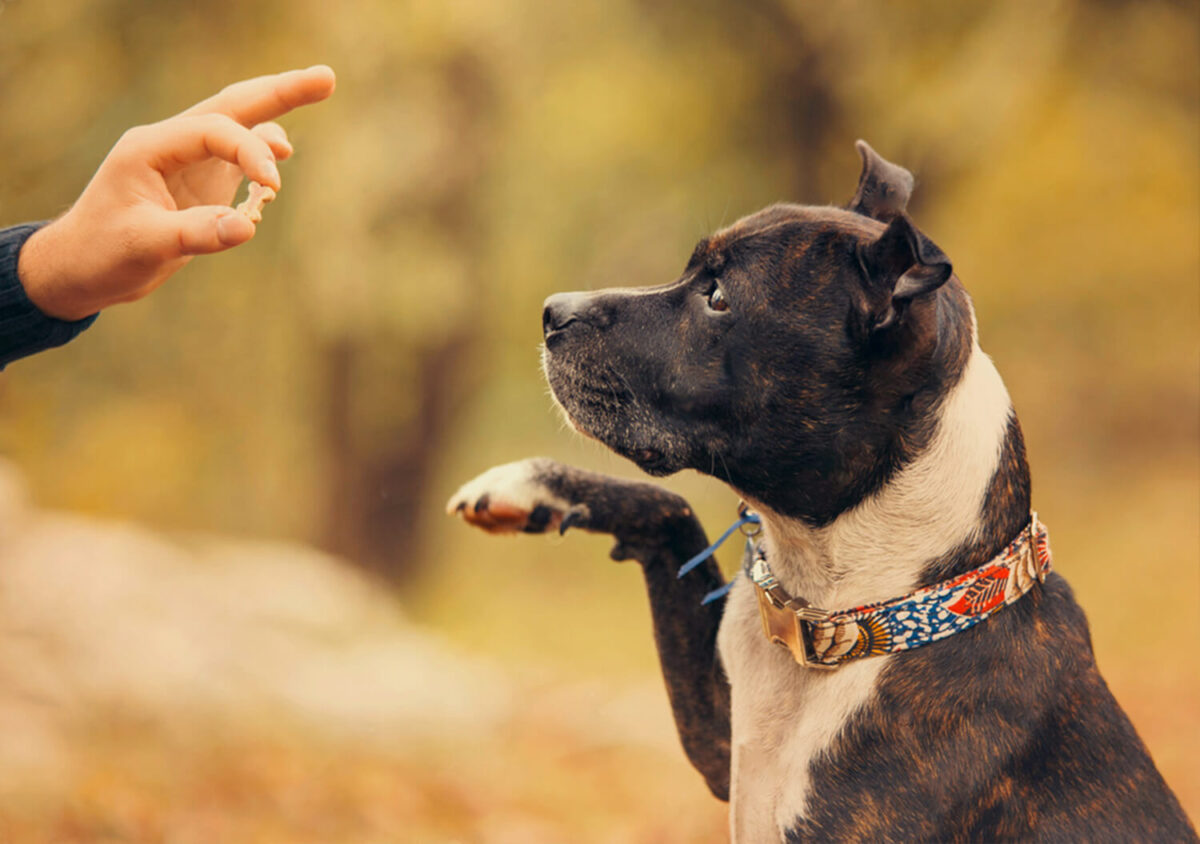Positive reinforcement dog training is a technique based on the principles of operant conditioning, where behavior is modified by its consequences.
Meaning, your pup’s behavior (command to sit) is followed by a positive consequence, such as a treat or praise, thus he or she is more likely to repeat that behavior in the future.
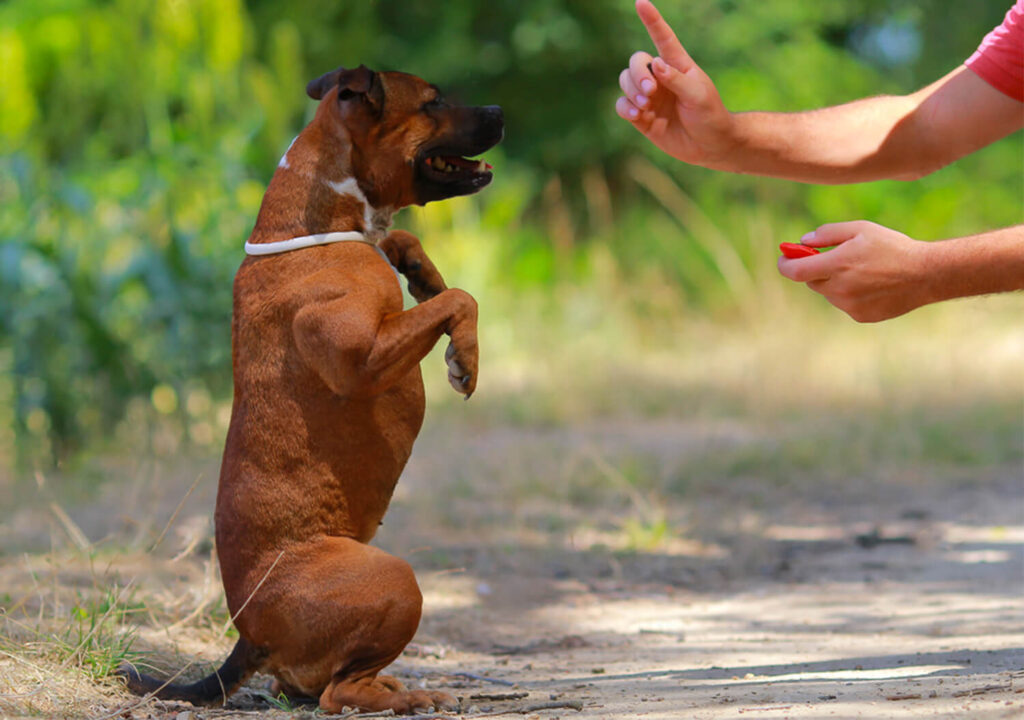
On the contrary, negative reinforcement or any punishment-oriented training relies on discouraging your pup from undesired behaviors through punishment and other negative approaches.
Now, every pup enjoys a good reward now and then, but not all dogs take punishment well. Especially in the case of a terrier breed where stubbornness is genetically hard-wired into them.
Hence, this is where positive reinforcement training has the upper hand when it comes to training your terrier.
In our opinion, dog training really serves one true purpose, to allow for the most enjoyable companionship possible between you and your pup. Be it obedience or tricks, it’s all about making it fun, and positive reinforcement dog training does just that.

What got us into learning about positive reinforcement dog training is when we unknowingly applied both positive reinforcement and negative reinforcement when potty training our Wire Fox Terrier, and the outcomes came out very different for both peeing and pooping.
When we first brought Anu home, we trained him to pee and poop on the pee mat indoors, because it was more convenient for us as we live in an apartment. And Anu had no problem going about his business indoors.
But one day, he suddenly stopped pooping indoors, only outdoors. This became a concern as he would hold his poop in until his outside. And on rainy days when we weren’t able to go out, he would poop every other day, and that’s only because he couldn’t hold it in any longer.
“Training doesn’t have to be cruel and punishment-oriented. If you train using positive reinforcement, you’ll get a trained dog and you will maintain the spirit of that dog.”
Dawn Sylvia-Stasiewicz
We started examining what might have caused this sudden change, and the only possible reason we arrived at was it might be caused by the lecturing (or nagging) we gave him every time he pooped at the wrong spot.
Hence, as a long shot, we changed the way we responded to his mishaps and began praising him whenever he pooped indoors again. And with time, Voila! Anu went back to his routine of both peeing and pooping indoors.
Come to think of it, we actually do praise him for the ‘peeing indoors’ part all along, and therefore he never had an issue with it.
In retrospect, you may think that “nagging” would have worked if we’ve wanted our pup to not poop indoors. That is true.
But our bias toward positive reinforcement training lies with the fact that I didn’t want my pup to obey or oblige out of fear, but out of something that brings him joy.
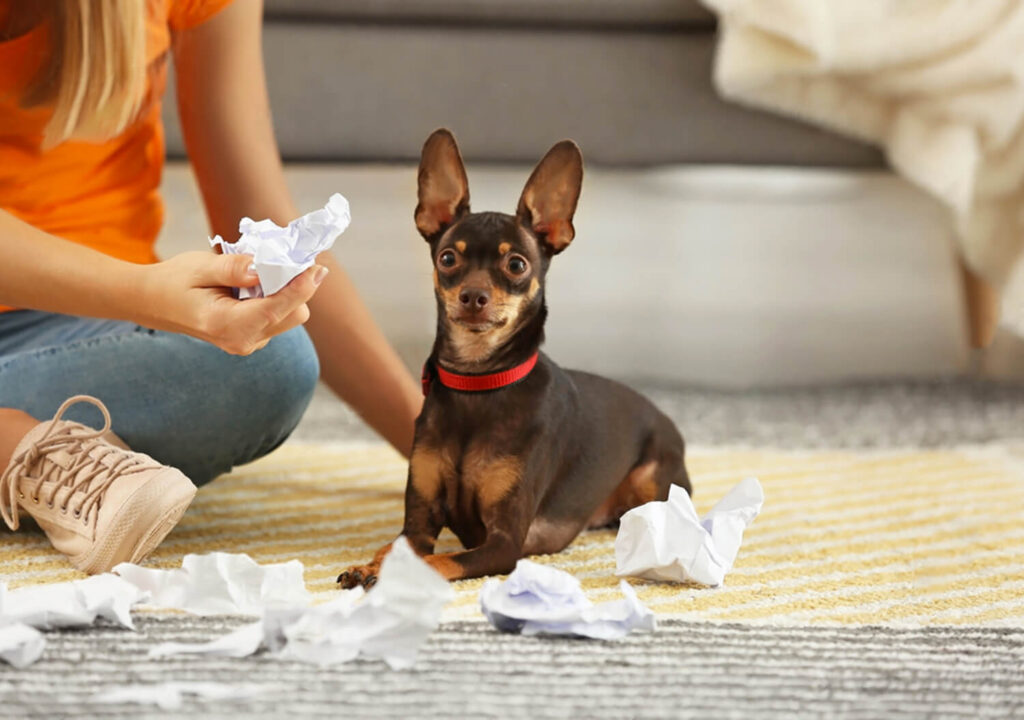
Dawn Sylvia-Stasiewicz, author of the book “Training the Best Dog Ever” says it best; “Training doesn’t have to be cruel and punishment-oriented. If you train using positive reinforcement, you’ll get a trained dog and you will maintain the spirit of that dog.”
And that’s where we think positive reinforcement training presents a distinctive difference from negative approaches. It’s not just about having your pup trained but maintaining his or her spirit in the process by having your techniques based on positivity.
Table of Content
- What Is Positive Reinforcement Dog Training?
- Positive Reinforcement Dog Training and Operant Conditioning
- Why Focus on Positive Reinforcement in Terrier Training?
- Pros and Cons of Positive Reinforcement Dog Training
- Conclusion
What Is Positive Reinforcement Dog Training?
Positive reinforcement dog training is a technique that focuses on using rewards and positive feedback to encourage desired behaviors in dogs, in which the reward can be a treat, a toy, or simply verbal encouragement such as “good boy/girl!”
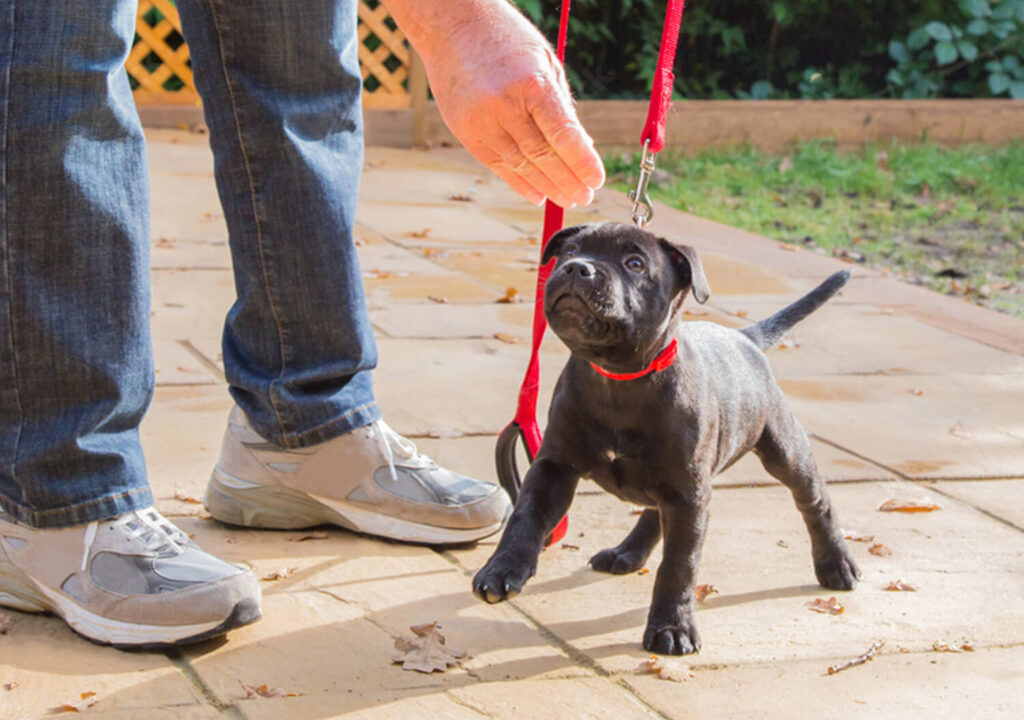
Examples of positive reinforcement techniques include:
Clicker Training – which uses a small clicker device for marking desired behaviours and then reinforcing it with a reward;
Shape Training – a method of shaping behaviour through gradual steps, for example, getting your pup to go from a standing position to a sit, and ultimately a prone position, rewarding your pup for each successful step;
Lure-Reward Training – involves using a treat or reward as a lure to guide your pup into performing a desired behavior. Classic examples would be a dog weaving through his or her owner’s legs, or those in agility competitions.
The fundamental idea is to reinforce the behavior by making it a positive experience where your pup learns to associate good behavior with pleasant outcomes, such as treats, praise, and affection.
And because positive reinforcement dog training is considered a humane and effective way to train dogs, as it does not involve physical punishment or coercion, it can also strengthen the bond between you and your pup, and build trust along the way.
Positive Reinforcement Dog Training and Operant Conditioning
Positive reinforcement dog training is one of the four principles of what’s called “Operant Conditioning”, which includes:
- Positive Reinforcement
encourage desired behaviours with pleasant outcomes - Positive Punishment
discourage undesired behaviours with unpleasant outcomes - Negative Punishment
discourage undesired behaviours by withholding pleasant outcomes - Negative Reinforcement
discourage undesired behaviours by removing unpleasant outcomes
The term was first coined by behaviourist and psychologist B.F. Skinner in his book “The Behavior of Organisms” in 1938, where he described how behaviour is shaped by its consequences.
“One reason punishment doesn’t usually work is that it does not coincide with the undesirable behavior; it occurs afterward, … The subject therefore may not connect the punishment to his or her previous deeds; animals never do,”
Karen Pryor, Don’t Shoot the Dog!: The New Art of Teaching and Training
The concept was later adopted by Karen Pryor, a marine mammal trainer, who became interested in the principles of operant conditioning and applied them to training dolphins in the 1960s, and later expanded her approach to include dogs and other animals.
It’s worth mentioning that though there are 4 components in operant conditioning, it’s really the positive reinforcement that’s been advocated as the preferred approach to ensure the best possible effect and welfare of dogs during training.
Why Focus on Positive Reinforcement in Terrier Training?
Terriers are a stubborn bunch. They’re intelligent with a mind of their own, hence when training a Terrier using any negative approaches, they don’t always respond well, and this can lead to disobedience and escape behaviours.
Hence, this is why positive reinforcement training can be very effective when training a terrier. Instead of going against their stubborn nature and prohibiting them from doing what’s ‘bad’, encourage them and steer their attention toward doing what’s ‘good’.
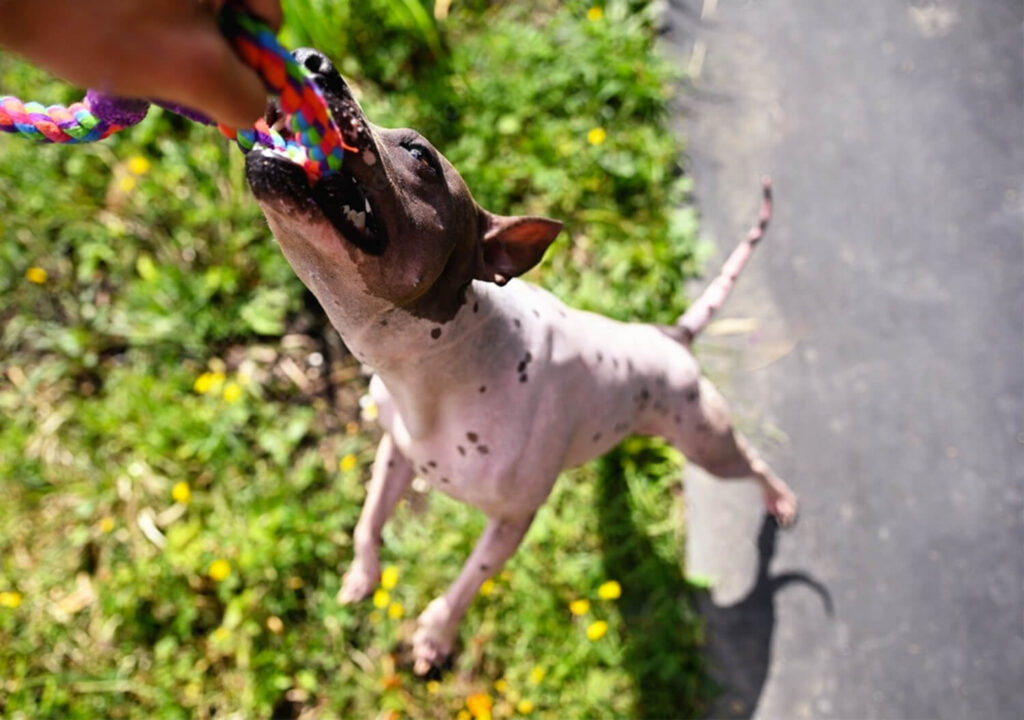
Furthermore, dogs may and can develop an unpleasant association of you with the negativities from the training, and risk damaging the dog-and-owner relationship in the process.
Studies (Rooney and Cowan, 2011) have shown that dogs that have been physically punished are less likely to play with their owners. While those trained in a positive way, not only was it more fun, they showed signs of higher learning ability for a new task.
Positive reinforcement can also affect the health and overall well-being of your pup, observed from dogs from two separate training schools. Dogs trained using positive reinforcement showed less stress-related behaviours and had better body posture (Deldalle and Gaunet, 2014).
From the same study, an important observation worth noting is dogs that were trained using negative reinforcement gaze at their owners less than those trained using positive reinforcement.
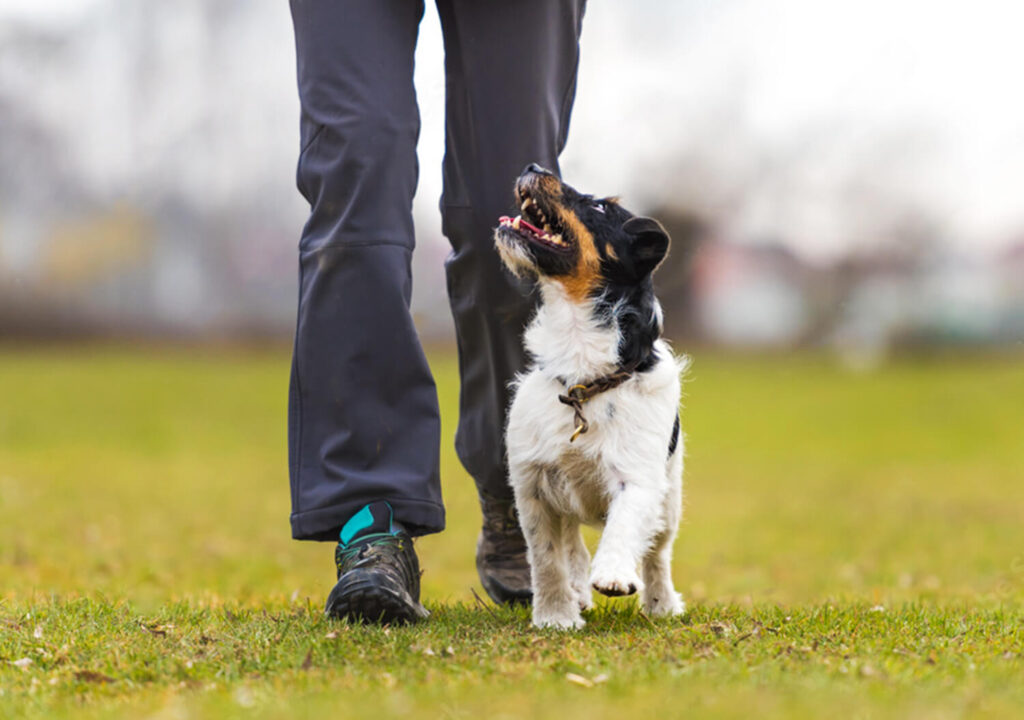
This may very well indicate that the relationship between the dogs and their owner has been compromised as a result of the negative training. And this is obviously not the result you want as an owner.
This is why we’ve decided to go with the positive approach. It makes no sense to us to have a pup who obeys every command and knows every trick, but is unhappy, low in spirit, and doesn’t share a bond with us.
In her book “Don’t Shoot the Dog”, Pryor argues that reward-based training and praise are more effective than punishment at modifying behaviour, and that a positive, non-threatening training environment is essential for success.
This is a highly regarded book in the field by professional dog trainers, and if you’re seriously interested in the topic of positive reinforcement training for your pup, we strongly recommend reading it for yourself.
Pros and Cons of Positive Reinforcement Dog Training
With any style of training, it’s about balancing the advantages and disadvantages each technique brings. While positive reinforcement training may seem to be a humane and effective way to train your pup, there’re still things you’ll need to consider:
Pros of Positive Reinforcement Dog Training:
- builds a bond between you and your pup;
- improves communication between you and your pup;
- encourages good behavior, minimizing the occurrence of undesired ones;
- builds your pup’s confidence and self-esteem;
- encourages your pup to think and problem-solve;
Cons of Positive Reinforcement Dog Training:
- may be difficult to apply, or non-effective to dogs that have already developed severe behavior problems;
- your pup may become reliant on treats and rewards;
- time-consuming and requires consistency and patience to be effective;
- may not provide enough structure or boundaries for some dogs;
In our experience, terriers are smart dogs that can quickly learn a new task. It’s really their mental state that you should be focusing on, making sure they’re in good morale and stay interested in the process. And positive reinforcement training does that for you.
But in cases where your terrier has already developed serious behavioural issues, perhaps it was a rescued pup who has been through a lot, then it’s best to consult with a professional behaviourist on how you can approach the situation at hand.
Conclusion
My wife and I had a conversation prior to us getting our first pup. We will only train our pup based on what’s necessary. To be well-socialized and won’t get himself into any harm, while retaining his fun-loving nature and curiosity. Everything else is about him having the best time of his limited life by our side. He’s a family member, not a circus monkey.
References:


